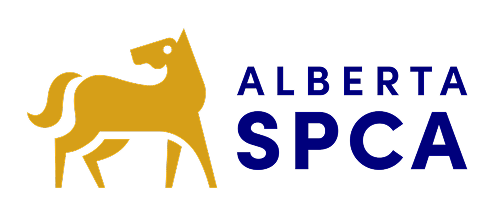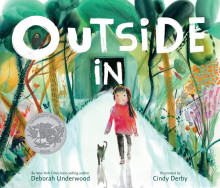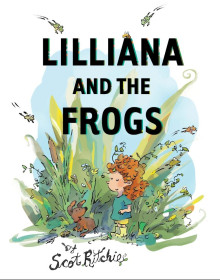Zoe and the Fawn tells the story of a young girl searching for the mother of a fawn who is all alone. While searching for the mother, Zoe encounters a number of different wild animals on her journey to help the fawn. Throughout the story, the author incorporates the syilx (Okanagan) animal names in parentheses. Like many Indigenous communities, the Syilx People of the Okanagan Nation experienced a severe loss of their language when settlers came to Canada. Students will have an opportunity to explore how language is important in expressing ourselves, and is part of our culture and our connection to family and community. Developing an appreciation for wild animals (and animals in general) and how to safely and respectfully observe them is something students can take away from this book.
Why use this book?
- Students may develop an appreciation for wild animals (and animals in general) and how to safely and respectfully observe them
- Students will have an opportunity to explore how language is important in expressing ourselves, and is part of our culture and our connection to family and community
Ask your students:
- How do you think Zoe felt when she saw the fawn all alone without its mother?
- How do you think the fawn felt when it saw Zoe and her father approaching? How would you feel if you were approached by a stranger when you were all alone?
- Do you think the fawn needed Zoe’s help in the story? Why or why not? What do you think would have happened if Zoe didn’t search for the fawn’s mother? Since it does not appear injured, the fawn most likely would be just fine! It is normal for a mother to leave her fawn for extended periods throughout the day while she browses for food. Fawns are born with no scent and their spots act as camouflage for potential predators.
- How do we ‘care’ for wildlife? How is ‘caring’ for wildlife different from caring for pets or farm animals? We care for wildlife by giving them space and respecting their habitat. We care for domestic animals like pets and farm animals by meeting their needs (wild animals are able to meet their own needs and do not need people to help them).
Activities:
- Learning about Language – Language is important in expressing ourselves, and is part of our culture and our connection to family and community. Many Indigenous communities experienced a severe loss of their language when settlers came to Canada, including the Syilx People of the Okanagan Nation. Zoe and the Fawn includes examples of syilx (Okanagan) language translations for many animals found throughout the story.
- Discovery questions: What languages are spoken by students in the class? What are some languages spoken in the community?
- Discuss the importance of different languages to culture. Encourage students to share the languages used in their homes or by people in their family. Encourage students to share other examples of languages they have noticed in their school or community.
- Finally, listen to songs performed in the syilx (Okanagan) language. (Syilx Language House has granted permission to use their media in your classroom.) After listening, have a brief discussion with your students about how the songs made them feel and what they enjoyed about them.
 Zoe and the Fawn is part of the AnimalTales program. Above is a small selection of the discussion questions and activities that can be found in the Grade One Teacher’s Guide. For additional discussion questions and activities, request the FREE book-lending program for your class.
Zoe and the Fawn is part of the AnimalTales program. Above is a small selection of the discussion questions and activities that can be found in the Grade One Teacher’s Guide. For additional discussion questions and activities, request the FREE book-lending program for your class.
Additional Resources Related to Book:
- Syilx Okanagan Nation Alliance – additional information on the syilx (Okanagan) language
- Syilx Language House – additional songs performed in syilx (Okanagan) language
- WildNorth – Northern Alberta Wildlife Rescue and Rehabilitation has information on what to do if you see orphaned wildlife.
- AIWC – Alberta Institute for Wildlife Conservation has information on what to do if you see orphaned wildlife.






